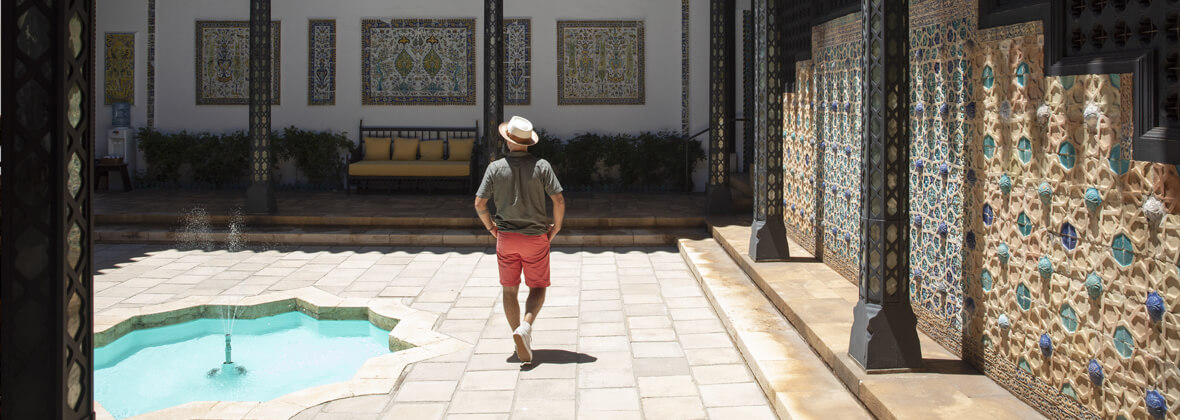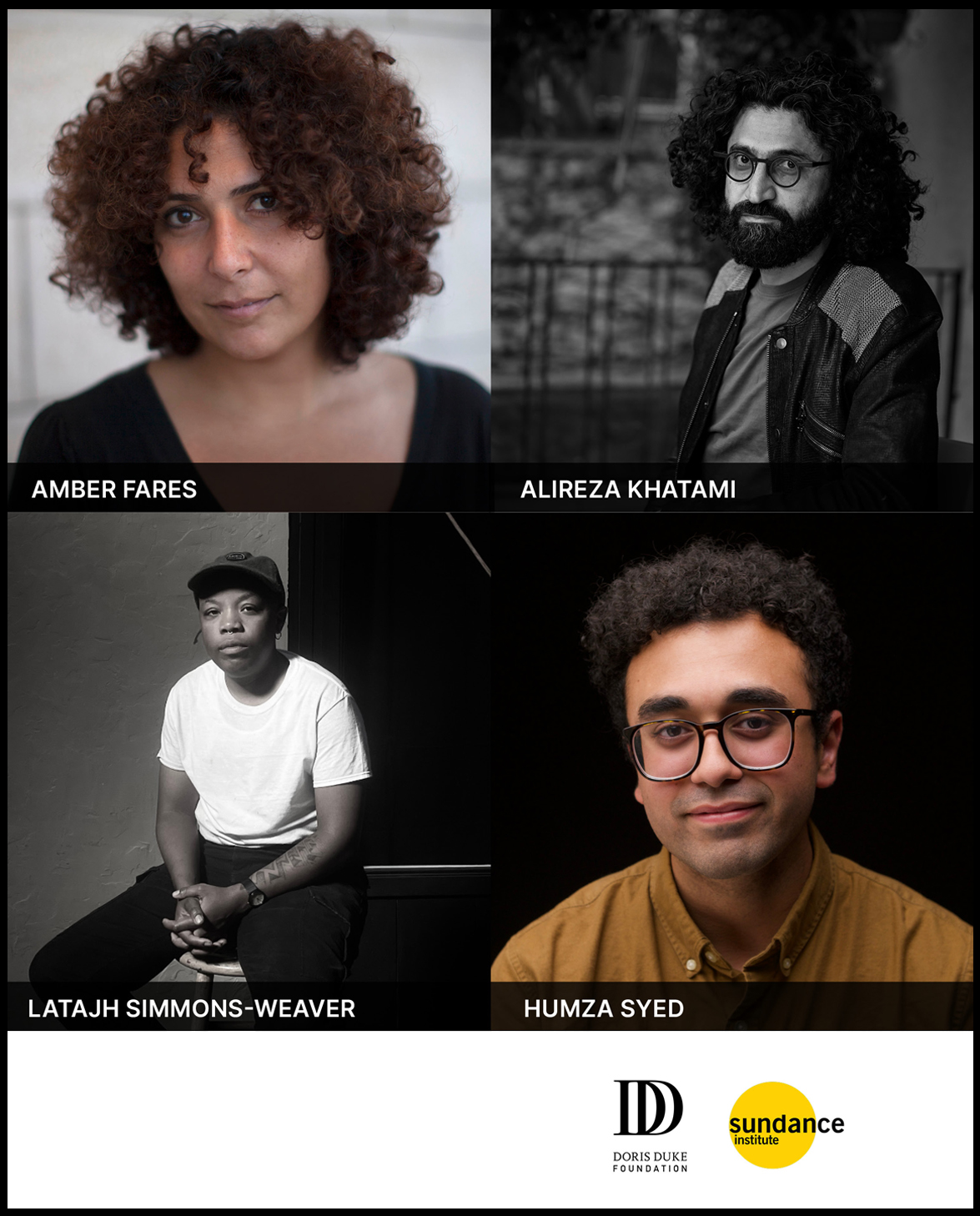
Mission and Location
Shangri La Museum is the foundation’s Honolulu-based center for exploring the global cultures of Islamic art. Built by Doris Duke in 1937 as a home and showplace for her collection of Islamic art, which consisted of approximately 4,500 objects and cultural resources from around the world, Shangri La’s contemporary collection has continued to grow since its opening to the public in 2002. Today, the museum enriches public understanding of the art and design of Islamic cultures through exhibitions, digital and educational initiatives, public programs and guided tours, and community partnership.
Shangri La is based in Honolulu within the ‘ili (subdivision) of Kapahulu in the ahupua‘a (land division) of Waikiki, in the moku (district) of Kona, on the mokupuni (island) of O‘ahu, in the paeʻāina of Hawaiʻi. With mindfulness and gratitude, Shangri La acknowledges this `āina (sacred land) as an Indigenous space whose kānaka`āina (original people), are today identified as kānaka maoli (Native Hawaiians).
A Hub for Global Conversations
Shangri La provides many with a unique and memorable introduction to Islamic art, culture and design. It is a wonderful place for school field trips and college tours, where students can discover the arts and design of societies diverse in language, religion and cultures. Shangri La also curates a variety of exciting programs that can deepen one’s understanding and provide platforms for important dialogues and scholarly explorations. The museum hosts artists, cultural producers and thought leaders from around the world in its immersive, invitation-only residency program. Museum curators collaborate with these participants to develop new work, deepen community engagement, and demonstrate Shangri La’s connection to local and global conversations and concerns.
History
Shangri La was inspired by Duke’s extensive travels throughout North Africa, the Middle East and South Asia, and reflects artistic and architectural collections and designs from these regions. Doris Duke and her then-new husband, James Cromwell, arrived in Honolulu in August 1935 as the final stop on their honeymoon tour and soon extended their island stay by four months. During this time, Duke befriended the Kahanamoku family, a prominent Native Hawaiian family, who became the center of her social circle in Honolulu and introduced her to Hawaiian life.
Finding herself captivated by life in Honolulu and the cultures she experienced around the world during her honeymoon, Duke designed Shangri La in collaboration with architect Marion Sims Wyeth around the works she collected through her travels. Throughout the process of building Shangri La, she commissioned entire interiors from contemporary artisans in India and the Middle East and had them shipped to and reconstructed in Honolulu. For nearly 60 years, Duke continued to commission and collect major elements representing the Islamic history, art and culture of Spain, Morocco, Egypt, Syria, Iran, Central Asia, India and parts of Southeast Asia.
Operations
Shangri La is operated by the Doris Duke Foundation (DDF) and shares the same board of trustees, president and CEO, and shared services teams. While Shangri La and DDF’s New York-based Building Bridges Program have related missions and sometimes collaborate, the two consist of separate teams in different locations. Learn more about Shangri La at https://www.shangrilahawaii.org.


